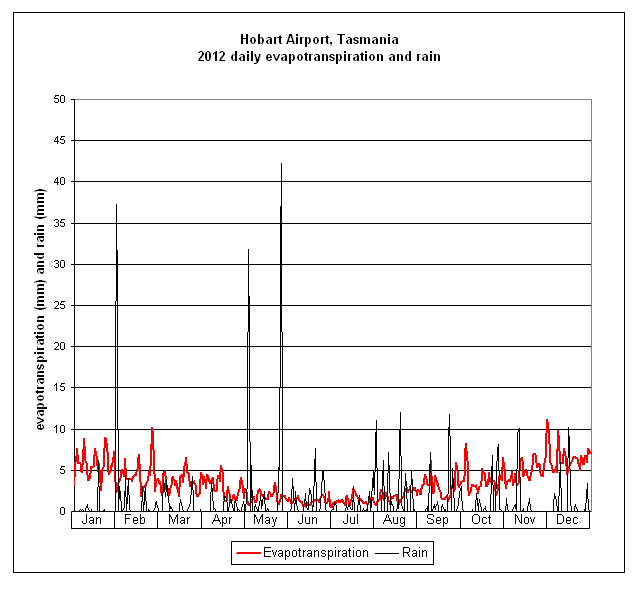In unsewered areas, keeping and treating your domestic wastewater on your own property has always been your responsibility, and you can’t build a house and live in it until you have an approved method of managing wastewater. Assessing your land for wastewater, and drawing up a design for a wastewater system, is done under Australian/New Zealand Standard 1547 On-site domestic wastewater management. I’ve compiled a flowchart showing how and when the process works in Tasmania (PDF Document 13 kB).
Enter the Tasmanian On-site Wastewater Management Code. I’m not sure why this layer of bureaucracy exists, since AS/NZS1547 is sufficient. But this is the way of things these days – the Interim Planning Scheme (2015) of all Tasmanian local councils now have 22 different Codes from Signs and Scenic Landscapes, to Landslides, Biodiversity, Heritage and Wastewater.
The new Wastewater Code is fairly onerous, particularly in dictating (using “setback distances”) where a wastewater disposal area can be located on your land. If your property is small and steep, you could be in trouble: the setback from your lower boundary to the lowest part of the disposal area is set as 1.5m plus one metre for every degree of slope – irrespective of the capability of the soil to retain your wastewater, and irrespective of the amount of wastewater you might generate.
In at least one case that I’m aware of, a local council has elected to ignore the Code to accommodate an owner who purchased a small, steep plot of land before the Code was adopted last year. It would have otherwise been impossible to fit the wastewater system in.
Use the flowchart I’ve compiled to assess whether your property is exempt from the Code (PDF Document 33 kB). You may need professional advice from someone like me.
